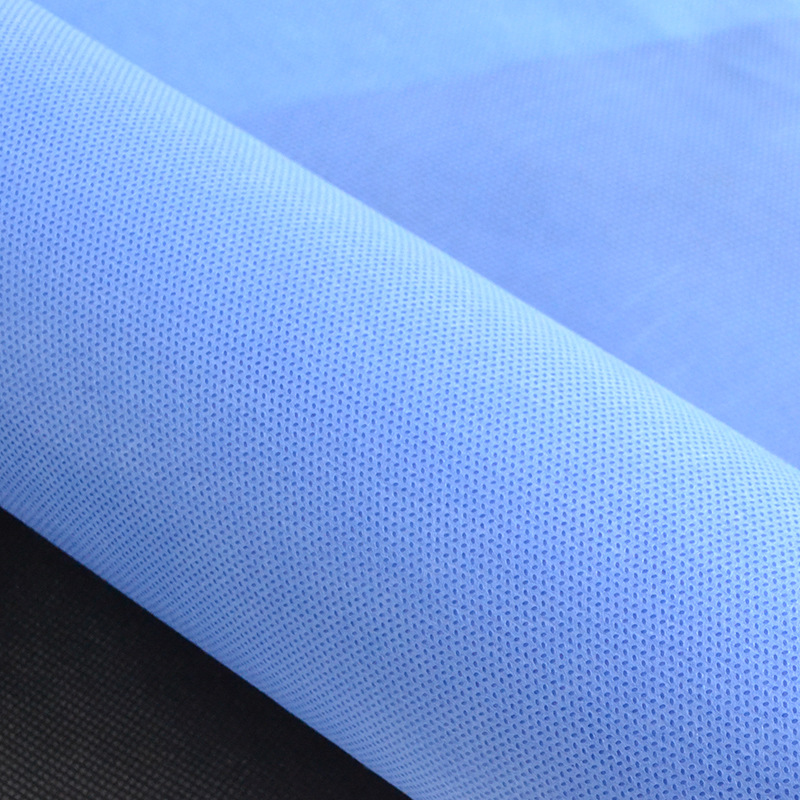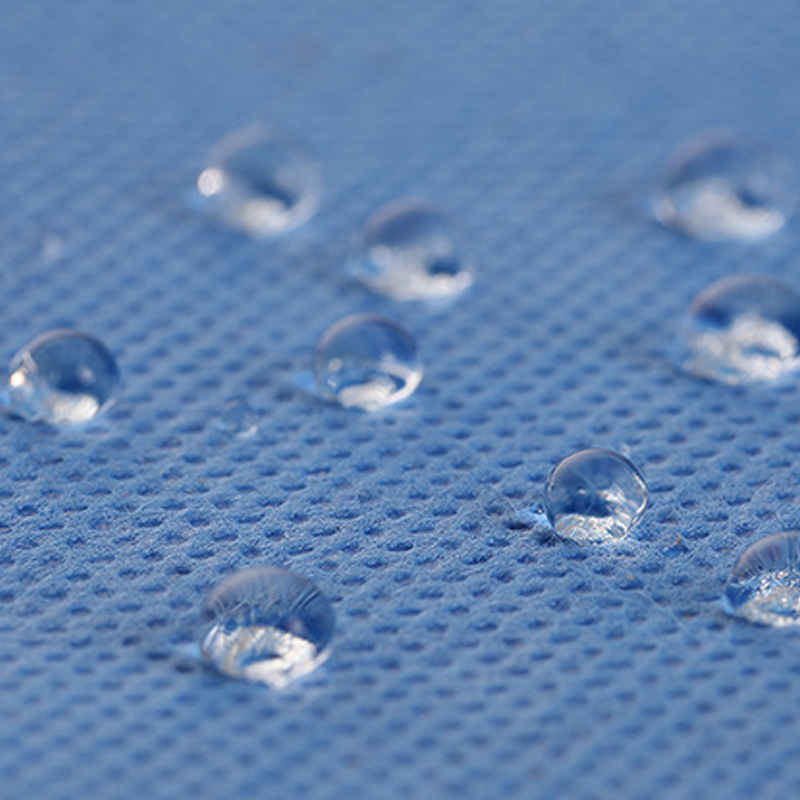Non-woven fabric (English name: Non Woven Fabric or Nonwoven cloth), also known as non-woven fabric, is composed of directional or random fibers. It is called cloth because of its appearance and certain properties.
To put it simply: it is not made of yarns that are interwoven and knitted together, but the fibers are directly bonded together by physical or chemical methods. Therefore, when you get the adhesive in your clothes When weighing, you will find that it is impossible to draw out the thread ends.
1. The characteristics of non-woven fabrics
The non-woven fabric has no warp and weft threads, it is very convenient to cut and sew, and it is light and easy to shape. Non-woven fabric breaks through the traditional textile principle, and has the characteristics of short process flow, fast production rate, high output, low cost, wide use, and multiple sources of raw materials.
Compared with woven fabrics, it has poor strength and durability, and it cannot be cleaned like other fabrics. Because the fibers are arranged in a certain direction, they are easy to split from the right-angle direction, etc. Therefore, the improvement of the production method mainly focuses on the improvement of preventing splitting.
Second, the classification of non-woven fabrics
According to different production processes, non-woven fabrics can be divided into:
◆Spunlace non-woven fabric
The high-pressure fine water jet is sprayed onto one or more layers of fiber webs to make the fibers entangled with each other, so that the fiber webs can be reinforced and have a certain strength.
Features:
1. Flexible entanglement, does not affect the original characteristics of the fiber, and does not damage the fiber.
2. The appearance is closer to traditional textiles.
3. High strength, low fluffing.
4. High moisture absorption, fast moisture absorption.
5. Soft hand feel and good drape.
6. The appearance pattern is changeable.
7. The production process is long and the area is large.
8. Complex equipment, high energy consumption, and high water quality requirements.
Product applications: medical curtains, surgical gowns, surgical drapes, medical dressing materials, wound dressings, medical gauze, aviation wipes, clothing lining base fabrics, coated base fabrics, advanced wipes in the electronics industry, cosmetic cotton, wet wipes, mask covering Materials, etc.
◆Heat-bonded non-woven fabric
It refers to adding fibrous or powdery hot-melt adhesive reinforcement materials to the fiber web, and then the fiber web is heated, melted and cooled to reinforce into a cloth.
Features:
Surface bonding hot-rolled surfaces are mostly smooth, while point bonding hot-rolled surfaces are relatively fluffy.
Product application: production of covering materials for baby diapers and women’s sanitary napkins, ointment base cloths, clothing linings, masks, etc.
◆Pulp air-laid non-woven fabric
It can also be called dust-free paper and dry paper-making non-woven fabric. It uses air-laid technology to open the wood pulp fiberboard into a single fiber state, and then uses air-flow method to agglomerate the fibers on the web curtain, and then reinforce the fiber web into a cloth.
Features: good bulkiness, soft hand feeling, super moisture absorption performance.
Product application: medical sanitary materials, especially high-absorbency disposable sanitary products (such as diapers, sanitary napkins, wet face towels, wipes, etc.).
◆Wet-laid non-woven fabric
The fiber raw materials placed in the water medium are opened into single fibers, and different fiber raw materials are mixed at the same time to make a fiber suspension slurry, which is transported to a web forming mechanism, and the fibers are formed into a web in a wet state and then consolidated into a cloth.
Features:
1. The production speed is high, up to 400m/min.
2. Can make full use of short fibers.
3. The uniformity of the product web is better.
4. Large water consumption and high one-time investment.
Applications:
1. Specialty paper: dust/liquid filter paper, tea bag.
2. Industrial use: filters, insulating materials, sound-absorbing materials.
3. Medical use: medical backing, medical tape, surgical bag wrapping material.
4. Civil: wallpaper, etc.
◆Spunbond non-woven fabric
After the polymer has been extruded and stretched to form continuous filaments, the filaments are laid into a net, and the fiber net is then bonded by itself, thermally bonded, chemically bonded or mechanically reinforced, so that the fiber net becomes non-woven. Spinning cloth.
Features:
1. The web is composed of continuous filaments.
2. Excellent tensile strength.
3. There are many process changes, and various methods can be used for reinforcement.
4. Wide variation range of filament size.
Applications:
1. Polypropylene (PP): geotextile, tufted carpet base cloth, coated base cloth, medical and sanitary materials, covering materials for disposable products, etc.
2. Polyester (PET): filter materials, lining materials, tufted carpet base fabrics, agricultural materials, packaging materials, etc.
◆Meltblown non-woven fabric
The process of melt-blown non-woven fabric: polymer feeding — melt extrusion — fiber formation — fiber cooling — netting — reinforcement into cloth.
Features:
1. The fiber web is composed of extremely fine shorter fibers.
2. The uniformity of the fiber web is good, and the hand feels soft.
3. Good filtration performance and liquid absorption performance.
4. The fiber web has poor strength.
Product application: filter materials, medical and health materials, clothing materials, battery diaphragm materials, wiping materials.
◆Needle punched non-woven fabric
It is a kind of dry-laid non-woven fabrics. Needle-punched non-woven fabrics use the piercing effect of needles to reinforce the fluffy web into a fabric.
Features:
1. Flexible entanglement between fibers, with good dimensional stability and elasticity.
2. Good permeability and filtration performance.
3. The hand feels plump and fluffy.
4. Various collection patterns or three-dimensional molded products can be manufactured according to requirements.
Post time: Dec-20-2021


